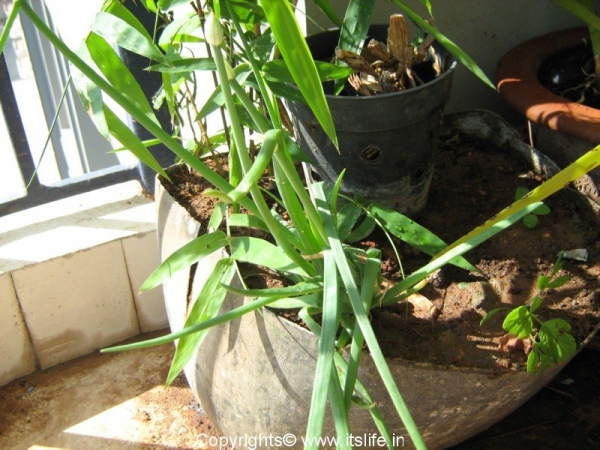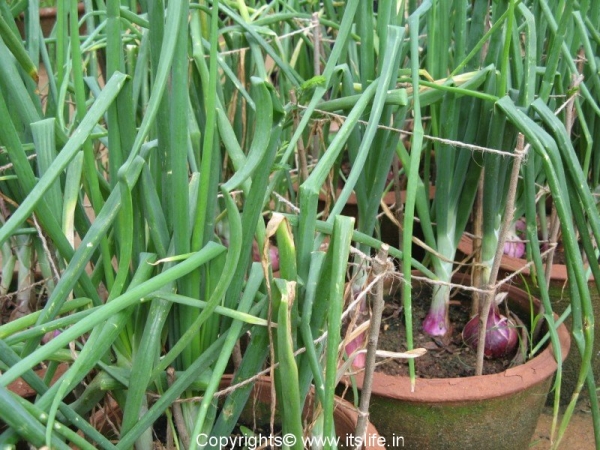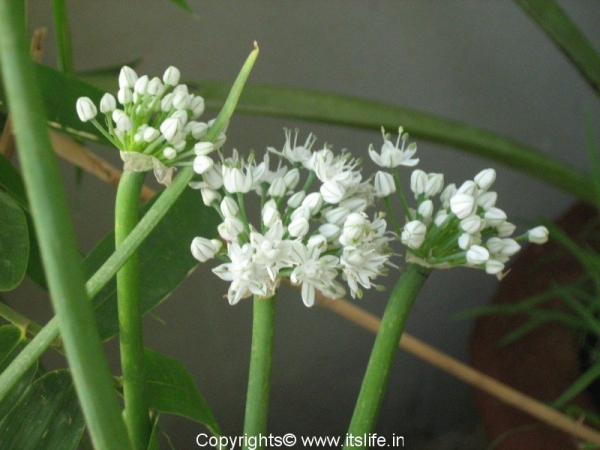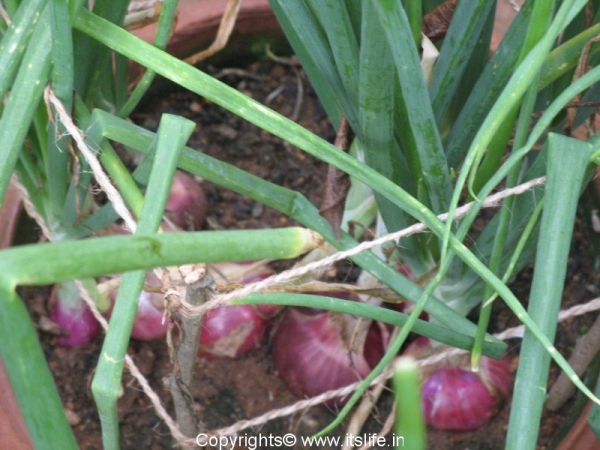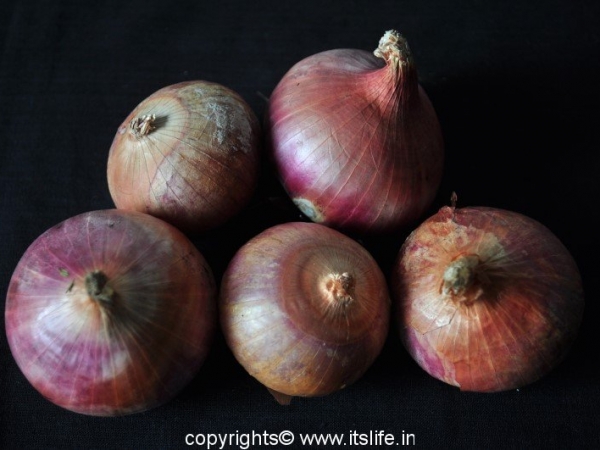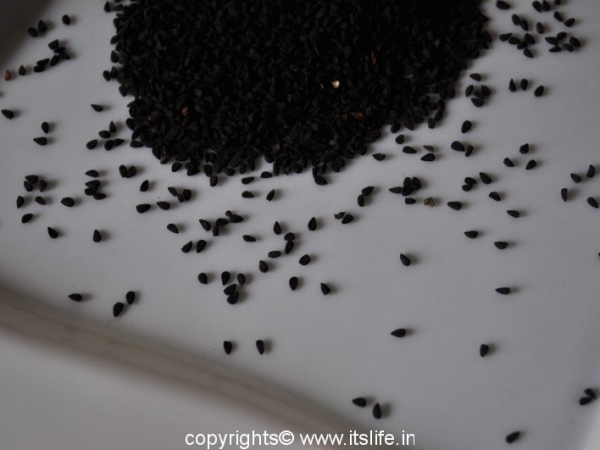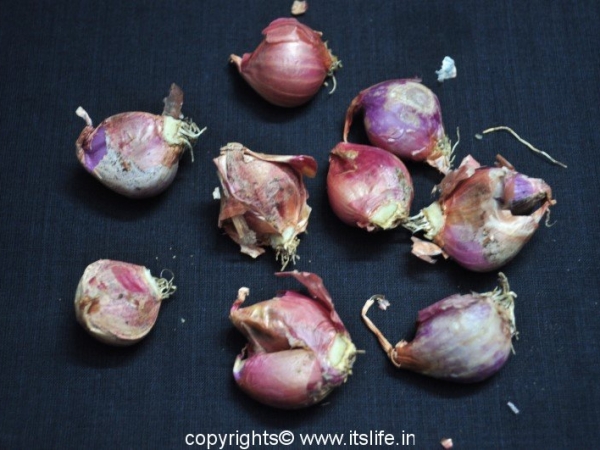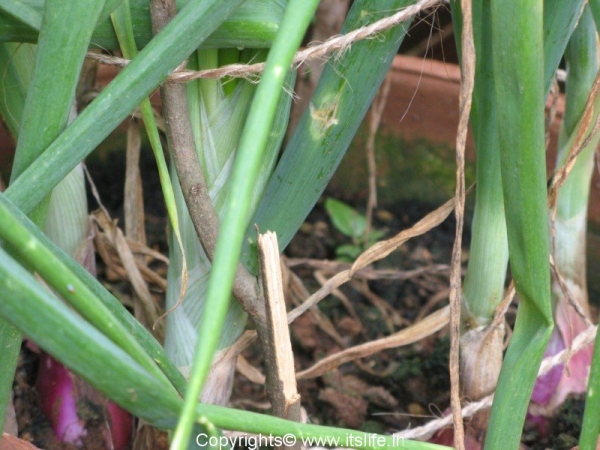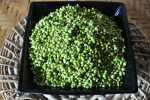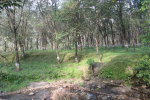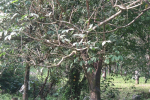Indian kitchen stops working if Onions are not available and it is breaking news if the Onion prices are higher than normal. The Indian cuisine especially the North Indian includes Onion in most of the dishes. In Kannada it is known as Eerulli or Ullagaddi, in Hindi it is known as Pyaz, and in Tamil it is known as Vengayam. The Botanical name is Allium cepa and belongs to Alliaceae (Onion) family.
In Ayurveda Onion is considered as Tamasic food and hence is not eaten during vratha (pious observance), festivals, and by Jains. It is found that Onion was cultivated way back in 3200 BC by Egyptians and might have been the first vegetable grown by humans on earth.
The plant grows to a height of 6 to 18 inches. The leaves are dark green, fleshy, cylindrical, and hollow. The leaves taper to a tip. The young leaves are eaten either raw or cooked.
The flowers bloom at the tip of a stalk in a rounded cluster. The stalk is about 2 to 4 feet. The cluster is about a centimeter in diameter and contains pale purple or white tiny flowers.
Part of each leaf grows below the ground and become a part of the bulb.
These form the closely compressed layers of the bulb. As the bulb grows bigger and mature, this bulb grown below the ground is harvested.
The bottom of the bulb are the roots of the plant.
The seeds are black, glossy, and triangular. The seeds are used in many cuisines in India.
The Onion widely grown in India are white, pink, and red. The shape and size of the Onion differs. Shallots or Sambar Onion are small Onions widely used in South India to make Sambar (curry).
Oval shaped pink Onion are sweet to taste and good to add in salads. Red Onions are hot and has a lot of flavor.
When Onions are cut, it is sure to make you cry and this is because of certain compounds emitted that irritates the eyes releasing the tears.
China and India are the highest producers of Onions.
Recipes with Onion, Spring Onion, Shallots or Onion seeds:
Spring Onion and Tamarind Chutney
Onion Garlic Chilies Coriander Chutney
